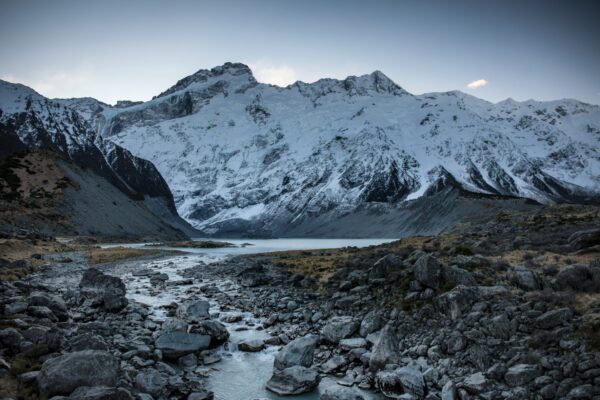
Classtimes
Class-time will be coordinated
Course Type
Description
Using a new vision for place-based learning, students in this course will be exploring their outdoor environments while developing a new understanding of natural spaces. Drawing from techniques for mindful exploration and scientific observation, students will reacquaint themselves with the natural world while learning about indigenous worldviews, native species, and restorative practices that prepare the next generation of environmental changemakers.
State Standards
Reading
RCA-H.6-8.7
Integrate visual information (e.g., in charts, graphs, photographs, videos, or maps) with other information in print and digital texts.
RL.7.9
Compare and contrast a fictional portrayal of a time, place, or character and a historical account of the same period as a means of understanding how authors of fiction use or alter history.
History and Social Studies
HSS.5.T1.01
Explain the early relationships of English settlers to Native Peoples in the 1600s and 1700s, including the impact of diseases introduced by Europeans in severely reducing Native populations, the differing views on land ownership or use, property rights, and the conflicts between the two groups (e.g., the Pequot and King Philip’s Wars in New England).
HSS.5.T4.05
Explain 19th century conflicts between Native Peoples and national, state, and local governments in the United States over land ownership and rights to self-government.
Science and Technology/Engineering
7.LS.2.6
Explain how changes to the biodiversity of an ecosystem—the variety of species found in the ecosystem—may limit the availability of resources humans use. Clarification Statement: Examples of resources can include food, energy, medicine, and clean water.
HS.LS.2.7
Analyze direct and indirect effects of human activities on biodiversity and ecosystem health, specifically habitat fragmentation, introduction of non-native or invasive species, overharvesting, pollution, and climate change. Evaluate and refine a solution for reducing the impacts of human activities on biodiversity and ecosystem health.* Clarification Statement: Examples of solutions can include captive breeding programs, habitat restoration, pollution mitigation, energy conservation, and ecotourism.
Arts
7-8.T.Co.11
Relate artistic ideas and works to societal, cultural and historical contexts to deepen understanding. Identify multiple cross-cultural approaches to storytelling connected to different historical populations (e.g., ancient Greek city-states)
Supports Available to Students
Tier 1 (Supports provided to ALL students)
- Directed Journaling
- Graphic Organizers
- Project-Based Learning
Tier 2 (Supports provided to targeted SMALLER groups of students
- EL in-class support
- Progress monitoring
- Peer support programming
Tier 3 (Intensive supports provided to SMALL groups or INDIVIDUAL students)
- Weekly academic check-ins
- Family engagement
- Individualized instructional plan
Skills-learned
- Indigenous History
- Nature Observation And Journaling
- Environmental Activism
